In mathematics, there are several types of transformations of shapes and figures.
A transformation is the manipulation of a shape around a plane or coordinate system.
Mathematical transformations include:
- Reflection
- Translation
- Dilation
- Rotation
Today, we will take a look at reflection and explore its examples in real life.
What is reflection?
A reflection is a transformation that maps all the points of a figure to an image across a fixed line, known as the line of reflection.
The image is the figure after manipulation. The pre-image is the shape before the transformation.
Reflection is a rigid or isometric transformation. This means that the image and pre-image are of the same shape and size.
Translation and rotation are also isometric or non-rigid transformations.
A reflection changes the orientation of a shape. It can be considered as the flip of a shape over the line of reflection.
Every point on the shape will be at the same distance from the reflection line.
Lines of reflection can be vertical, horizontal, or slopped in any direction.
Examples of Reflection in Real Life
1. Images in a Plane Mirror
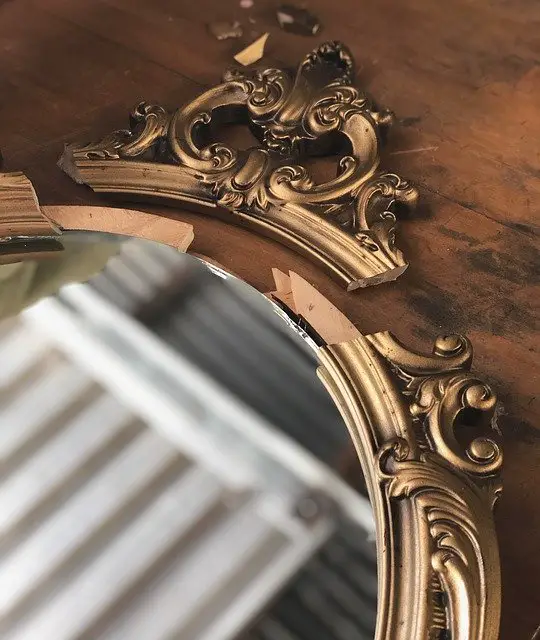
Mirrors do not allow light to pass through. Instead, all the light rays that hit a mirror are reflected.
A mirror is made by putting a shiny silver nitrate or aluminum backing behind a flat piece of glass.
If you place an object in front of a mirror, you will see the image of the object in the mirror. The object and the image are the same size and are equidistant from the mirror.
Light rays known as incident rays emanate from the object and strike the mirror. The light rays are reflected from the mirror’s surface to the observer’s eyes.
2. Kaleidoscope
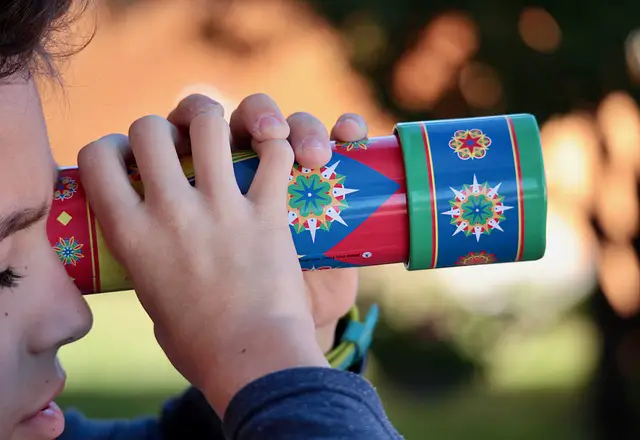
A kaleidoscope is an optical tube that contains colored materials and inclined mirrors whose reflections produce a variety of patterns when the tube is rotated.
It consists of a tube that surrounds an assembly of two or more mirrors.
The mirrors are placed at angles to each other to form V-shapes. At one end of the mirrors, there’s a collection of shiny objects. At the other end of the tube, there is an eyehole.
When light enters the kaleidoscope, it reflects back and forth between the mirrors within the tube.
The light also bounces off the shiny objects to form mirror images of the objects. The repeated reflections form beautiful patterns of light and color.
3. Mountain Range Reflected In A Calm And Clear Lake
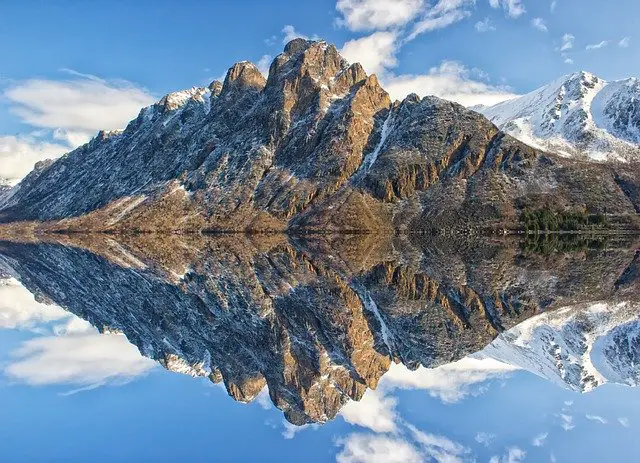
One of the most beautiful sights in nature is the picture of a snowy mountain reflected in a still lake.
The surface of the water acts as a line of reflection. The mountain and its image appear to be of the same size.
4. Reflecting Telescopes

Reflecting telescopes are used in astronomy to view images of objects with very large diameters. They were invented by Isaac Newton in 1668 and are the main telescopes used in astronomy.
A reflecting telescope uses a combination of curved mirrors to collect and focus light toward an eyepiece.
The curved mirrors, which are lighter and easier to shape compared to lenses, reflect light to form images.
The mirrors in a telescope are known as optics. Bigger mirrors will gather more light.
The shape of the optics helps to concentrate the light. The light can be directed to a sensor that records the image formed.
5. Periscope
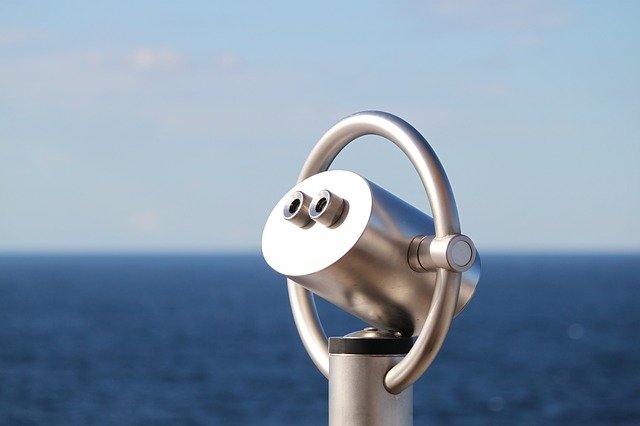
Periscopes are optical instruments used by submarines to check for objects around, over, or through an obstacle. They are also used to search for danger on the water surface.
A simple periscope is made of two plane mirrors that are parallel to each other and are set at 45-degree angles at the corners of a tube.
Light is reflected off an object to form an image on each mirror.
6. Side View Mirror in Cars
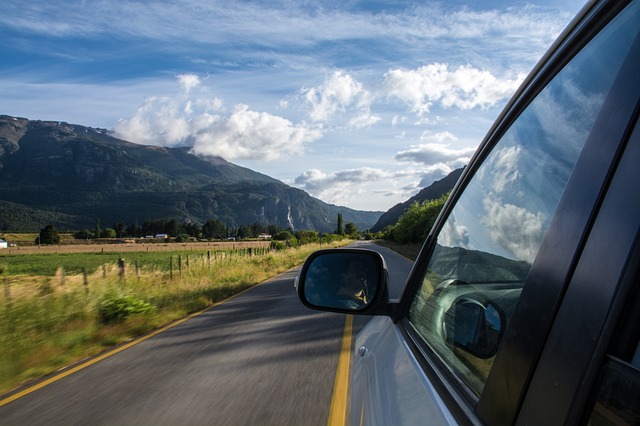
Side view mirrors use the principles of reflection to help drivers view the areas on the sides of a car and blind spots.
In many vehicles in the USA, mirrors on the passenger side are convex in shape while side mirrors on the driver’s side are flat.
In other parts of the world, regulation standards allow both side-view mirrors to have convex surfaces.
Because of the reflections of the two mirrors, drivers can view wider areas.

